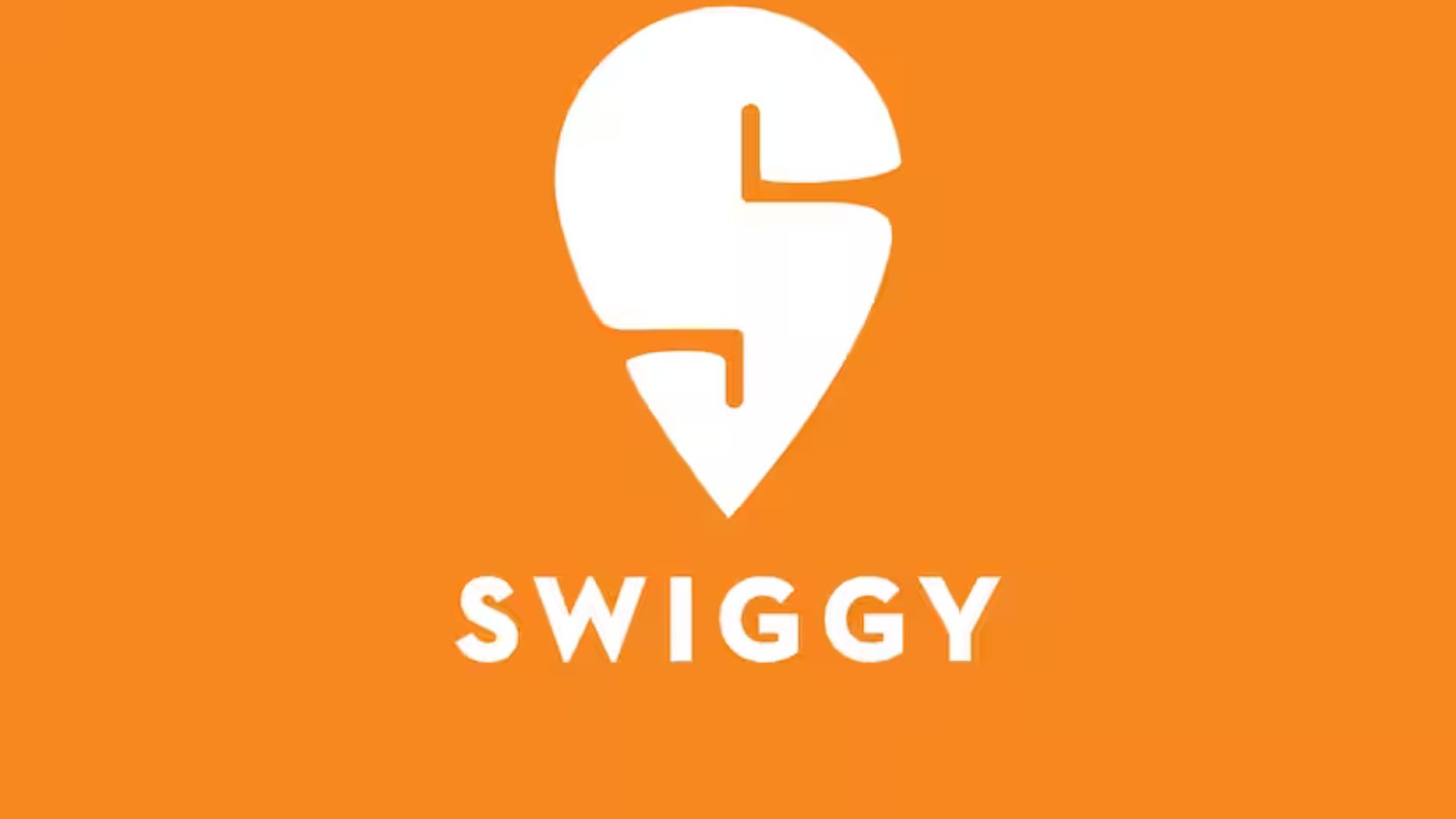
In a bustling Mumbai suburb, Swiggy’s grocery warehouse, supported by SoftBank, operates at breakneck speed to fulfill orders. Employees are under constant scrutiny, with performance tracked by a screen that issues red alerts for any signs of sluggishness. Outside, amidst the scorching heat, Swiggy’s delivery riders, clad in the iconic bright orange attire, swiftly gather packed grocery items for immediate dispatch to nearby locations, ensuring seamless continuity as new orders flood in through their app.
10-Minute Delivery: In Mumbai, Swiggy’s grocery warehouse staff work under intense pressure to deliver orders within 10 minutes. Their speed is tracked by seconds, and any delays trigger red warnings on screens.
Warehouse Expansion: Swiggy is rapidly increasing its warehouse footprint across India. It doubled its warehouse count to 500 in 25 cities last year and plans to increase this number to 750 by April 2025.
The rise of quick commerce by Swiggy, Zepto, and Blinkit is reshaping India’s grocery shopping landscape, posing a significant threat to traditional mom-and-pop stores. These stores, which have long dominated the grocery trade, are now struggling to compete.
Shift in Consumer Behavior: Historically, Indians relied on neighborhood stores for groceries, often receiving free deliveries through phone orders. However, the convenience and speed of quick commerce have changed consumer preferences.
Market Growth: Quick deliveries currently account for $5 billion, or 45%, of India’s $11 billion online grocery market. This figure is expected to grow, with quick commerce projected to account for 70% of a $60 billion market by 2030.
Target Demographic: Swiggy’s Instamart service focuses on 21-35 year-old urban consumers who value convenience and have limited time. This demographic shift is driving the company’s strategy.
Challenges for Traditional Stores: Many smaller retailers report significant sales declines due to the quick commerce boom. Four retailer associations across four states indicate monthly sales drops between 10% and 60% for some stores.
Zomato’s Blinkit is a significant competitor, having been acquired in 2022. Blinkit is projected to generate orders worth $2.7 billion this year, a 60% increase from last year. Swiggy’s Instamart saw its annualized order value triple from $340 million in December 2021 to $1 billion by September last year, although the business remains loss-making.
Adapting Strategies: In response, some traditional stores are becoming more tech-savvy. For example, retailers in Gujarat are creating WhatsApp groups to take orders and deliver goods within a 4-mile radius. Around 500 stores have adopted such innovations to sustain their businesses.
Strategic Diversification: To enhance profitability, Swiggy and Blinkit are diversifying their product offerings beyond groceries. Swiggy now offers fitness products and electronics, while Blinkit has seen significant sales in items like roses and teddy bears on Valentine’s Day.
Long-term Vision: Swiggy’s internal documents describe its transition from an “Indian version of 7 Eleven (on the cloud)” to an “online Supermarket,” reflecting a strategic shift to capture a larger share of the retail market.















